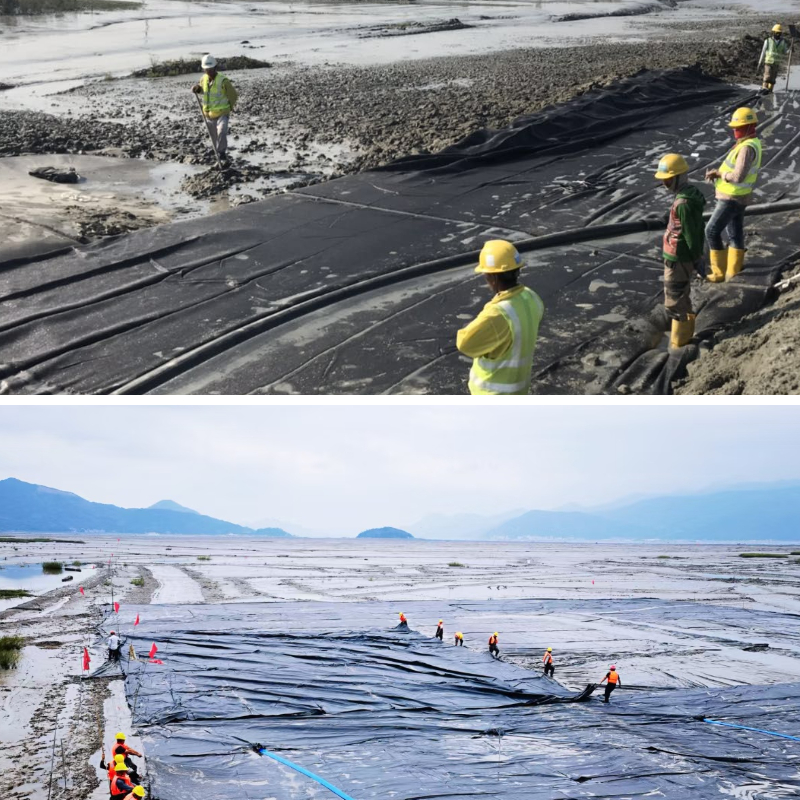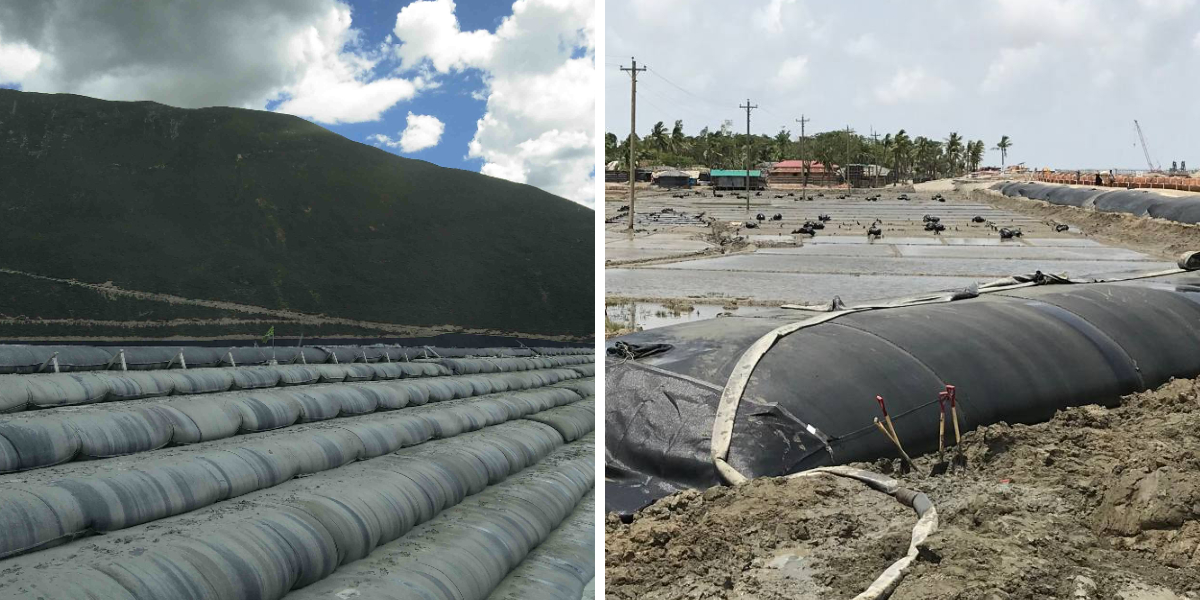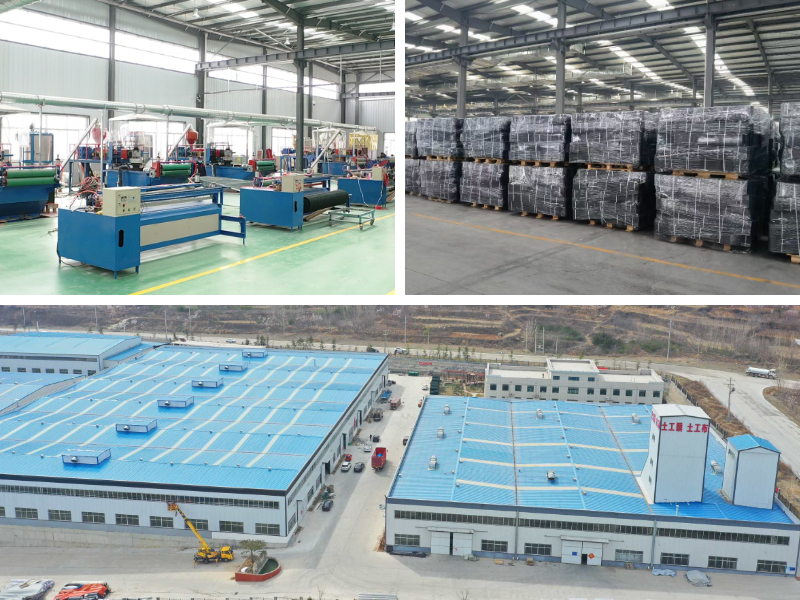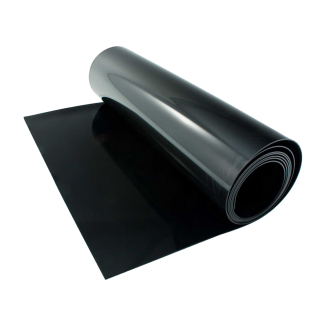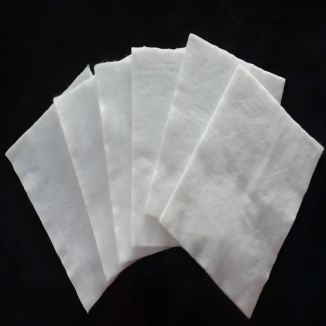Common Mistakes to Avoid When Filling Geotextile Tubes
Geotextile tubes, moreover regarded as Geotubes, are integral in coastal security and erosion manipulate projects. These engineered preferences furnish stability, prevent soil loss, and assist shoreline restoration. However, flawed filling techniques can lead to failures, lowering their effectiveness. To make sure most really useful normal overall performance of Coastal Protection Geotextile Tubes, it is imperative to preserve away from everyday blunders at some factor of installation.
This data highlights key errors to preserve away from when filling Erosion Control Tubes, making positive long-lasting and surroundings pleasant results.
1. Choosing the Wrong Geotextile Material
One of the most fundamental blunders is deciding on an unsuitable geotextile fabric for Geotube applications. The cloth want to balance permeability and electricity to preserve fill material at the same time as allowing water drainage.
Key Considerations:
Tensile Strength – Weak material can additionally rupture below hydraulic pressure.
Permeability – Poor drainage leads to excessive water retention, developing weight and instability.
UV Resistance– Coastal environments require UV-stabilized cloth to stop degradation.
Using low-quality elements in Coastal Protection Geotextile Tubes compromises durability, most important to premature failure.
2. Incorrect Filling Material Selection
The fill cloth fairly influences the structural integrity of Erosion Control Tubes. Common mistakes include:
Problematic Fill Materials:
Excessively Fine Sediments – Clogs the fabric, reducing drainage efficiency.
Oversized Aggregates – Can puncture the geotextile, inflicting leaks.
Contaminated Soils – Chemicals or particles may additionally weaken the cloth over time.
Recommended Fill Materials:
Sand-Slurry Mixtures – Ideal for stability and applicable dewatering.
Clay-Free Soils – Prevent clogging and make positive ordinary drainage.
Choosing the suited fill ensures Geotubes keep shape and functionality.
3. Improper Pumping and Filling Techniques
Filling Coastal Protection Geotextile Tubes requires precision. Rushing the method or the utilization of incorrect techniques leads to uneven distribution and inclined spots.
Common Pumping Errors:
High-Pressure Pumping – Can damage the geotextile fabric.
Insufficient Dewatering Time – Leads to underfilled or sagging tubes.
Uneven Filling – Causes bulging or crumple in sections.
Best Practices:
Controlled Pumping Speed – Ensures gradual, even filling.
Multiple Injection Points – Promotes uniform distribution.
Adequate Curing Time – Allows relevant dewatering in the past than extra layers.
Following these steps enhances the usual overall performance of Erosion Control Tubes.
4. Neglecting Proper Anchoring and Placement
Even well-filled Geotubes can fail if now no longer anchored correctly. Poor placement leads to shifting, in particular in dynamic coastal environments.
Anchoring Mistakes:
Insufficient Trench Depth – Waves or currents may additionally displace tubes.
Weak Anchoring Systems – Cables or stakes might also moreover loosen over time.
Improper Spacing – Gaps between tubes restrict erosion manipulate efficiency.
Effective Anchoring Solutions:
Embedding Tubes in Trenches – Enhances stability in opposition to wave action.
Using Geotextile Anchors – Prevents movement in high-energy zones.
Strategic Overlapping – Ensures continuous protection alongside shorelines.
Proper anchoring maximizes the lifespan of Coastal Protection Geotextile Tubes.
5. Ignoring Environmental and Site Conditions
Each task website has specific challenges. Failing to observe environmental factors can lead to Erosion Control Tubes underperforming or failing prematurely.
Critical Site Factors:
Wave Energy & Tidal Action – High-energy web sites require extra acceptable fabrics.
Soil Composition – Soft substrates may additionally desire more reinforcement.
Weather Patterns – Storms and immoderate tides have an effect on set up timing.
Site-Specific Adjustments:
Custom Tube Sizing – Adapts to quite a number wave forces.
Reinforced Seams – Prevents splitting in harsh conditions.
Seasonal Installation – Avoids extreme local weather for the period of filling.
Tailoring Geotube methods to internet web page stipulations ensures reliable performance.
6. Skipping Quality Control and Monitoring
Post-installation forget about is a important motive for Coastal Protection Geotextile Tubes failure. Regular inspections and safety are essential.
Common Oversights:
No Post-Filling Inspections – Misses leaks or prone spots.
Ignoring Abrasion Damage – Waves and particles put on down fabric over time.
Lack of Sediment Replenishment – Eroded areas might also moreover desire more filling.
Maintenance Best Practices:
Routine Visual Checks – Identifies early symptoms and signs of damage.
Patch Repairs – Fixes minor tears earlier than they expand.
Periodic Refilling – Maintains tube structure and effectiveness.
Proactive monitoring extends the company existence of Erosion Control Tubes.
Conclusion
Filling Geotubes correctly is critical for worthwhile coastal and erosion manipulate projects. Avoiding these established mistakes—such as horrible material selection, mistaken filling techniques, inclined anchoring, and inadequate maintenance—ensures pinnacle of the line usual overall performance of Coastal Protection Geotextile Tubes.
By following magnificent practices, engineers and contractors can maximize the sturdiness and effectivity of Erosion Control Tubes, providing long-term protection for inclined shorelines. Always prioritize first-rate materials, special installation, and ongoing monitoring for the super results.
Contact Us
Company Name: Shandong Chuangwei New Materials Co., LTD
Contact Person :Jaden Sylvan
Contact Number :+86 19305485668
WhatsApp:+86 19305485668
Enterprise Email: cggeosynthetics@gmail.com
Enterprise Address: Entrepreneurship Park, Dayue District, Tai 'an City,
Shandong Province



